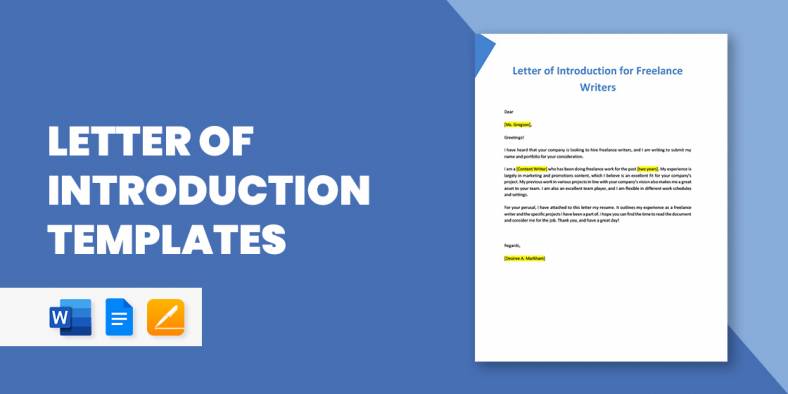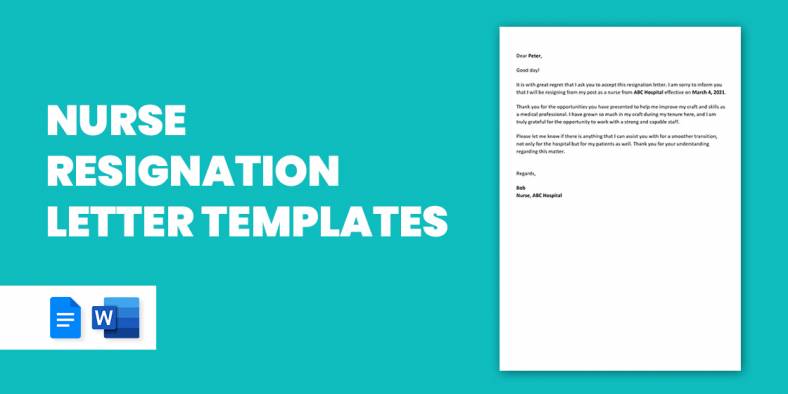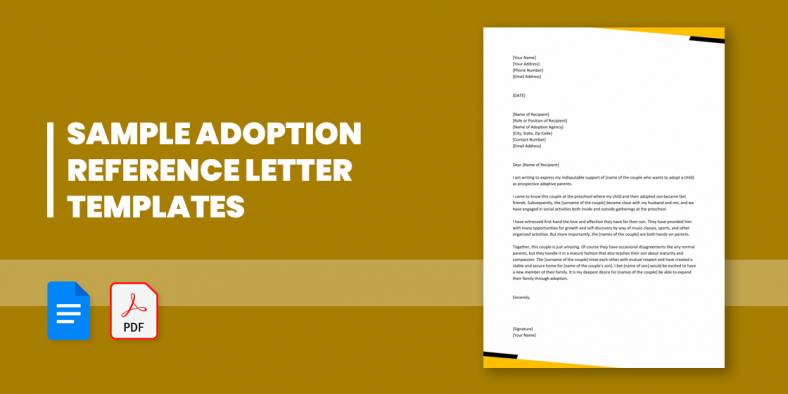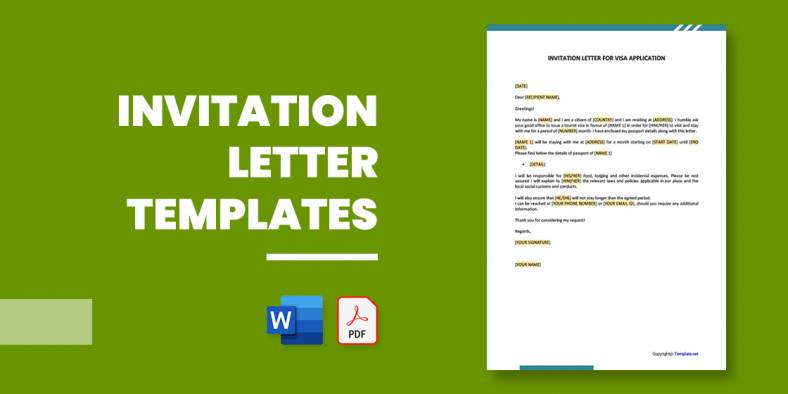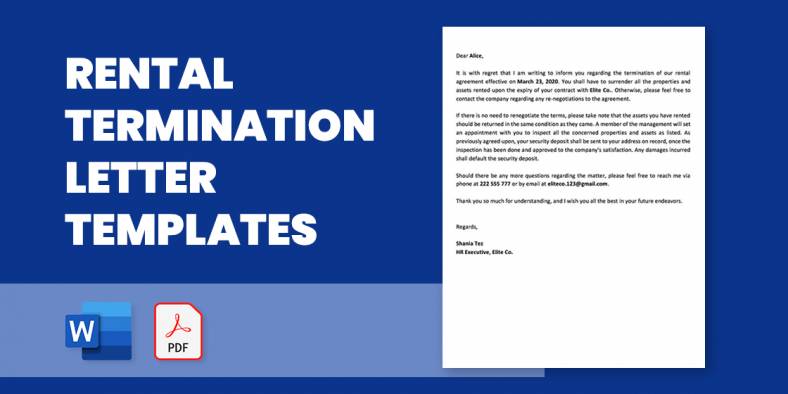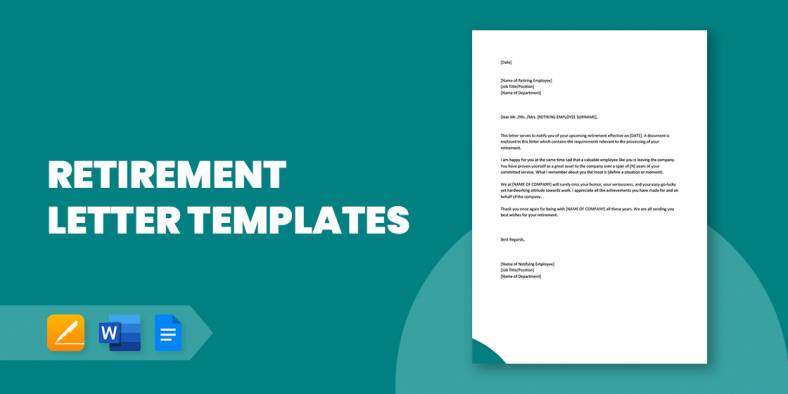Jan 09, 2025
Legal letters are powerful tools of communication in legal contexts, bridging the gap between formal documentation and professional correspondence. They are essential for addressing legal matters such as agreements, disputes, demands, or notices, providing a clear and structured way to communicate intentions or requests. Legal letters ensure that information is conveyed professionally while adhering to legal standards, making them critical for resolving conflicts or establishing agreements. Crafted with precision and attention to detail, these letters protect the interests of all parties involved and serve as a formal record for future reference. Their role in maintaining clarity and professionalism is indispensable.
What is a Legal Letter?
A legal letter is a formal written document used to communicate legal matters, such as rights, obligations, agreements, or disputes, between individuals, organizations, or legal entities. It serves as an official record and is often used to provide notice, demand action, clarify legal terms, or initiate negotiations. Legal letters are drafted with precise and clear language to avoid misunderstandings and may include references to relevant laws, agreements, or evidence. Common examples include demand letters, cease and desist notices, and letters of intent. They are a critical tool for ensuring accountability, resolving disputes, and maintaining professionalism in legal interactions.
Creating a legal letter requires a formal structure to ensure clarity and professionalism. Here’s a comprehensive format:
1. Sender’s Information
- Include the sender’s full name, address, phone number, and email address.
- Position it at the top left corner of the letter.
2. Date
- Place the date below the sender’s information to establish the timeline of the letter.
3. Recipient’s Information
- Add the recipient’s full name, designation (if applicable), company or organization name, and address.
- Include contact details if relevant.
4. Subject Line
- Write a concise subject line that summarizes the purpose of the letter, such as:
- “Subject: Demand for Payment”
- “Subject: Cease and Desist Notice”
5. Salutation
- Use a formal greeting, such as:
- “Dear [Recipient’s Name]”
- “To Whom It May Concern” (if the recipient is unknown).
6. Opening Paragraph
- Purpose: Clearly state the reason for the letter.
- Example: “This letter serves as a formal notice regarding [specific issue or purpose].”
7. Main Body
- Background Information: Provide context and details about the situation or issue.
- Legal References: Cite relevant laws, agreements, or regulations if applicable.
- Demand or Request: Specify the action you are requesting or demanding (e.g., payment, compliance, resolution).
- Deadline: Include a clear deadline for the recipient to respond or act.
8. Closing Paragraph
- Next Steps: Mention the consequences of non-compliance or lack of response (e.g., legal action, termination of contract).
- Politeness: End on a professional and polite note, encouraging resolution.
9. Closing Salutation
- Use a formal sign-off, such as:
- “Sincerely,”
- “Yours faithfully,”
10. Signature
- For printed copies, include a handwritten signature above the typed name.
- Example: [Handwritten Signature] [Sender’s Name] [Title or Position, if applicable]
RN Legal Consultant Cover Letter Template
Certified Legal Nurse Consultant Cover Letter Template
A Legal Rebuttal Letter is a crucial tool for responding to allegations or legal claims. Clearly present counterarguments, supporting evidence, and legal reasoning to address and refute the opposing party’s assertions.
Confidential Final Warning Letter Before Legal Action
The Final Warning Letter is a formal communication conveying serious concern about repeated misconduct. Clearly outline the issues, consequences, and expectations, emphasizing the gravity of the situation for corrective action.
Behalf of Client Audit Law Firm Legal Letter
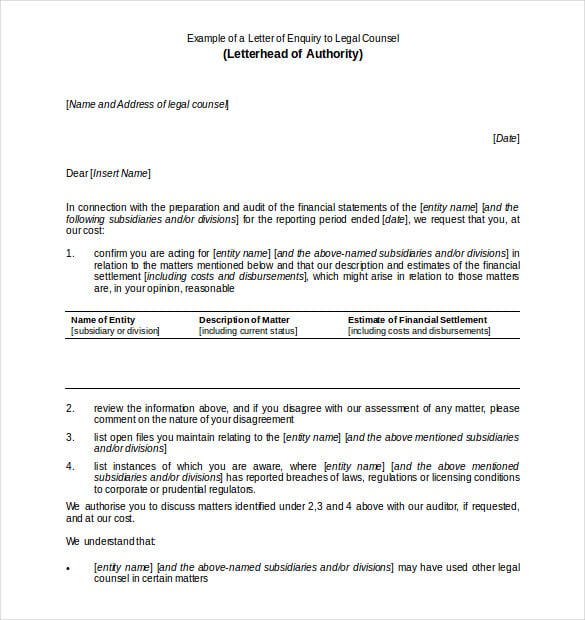
audit.nsw.gov.au | These printable letters are generally used by the IR department which is sent to a company when the department is about to conduct an audit. This audit is done to make sure that the company is reporting accurate information about its finances to the tax department. Small Businesses, as well as individuals, can be audited. These letters can be sent to the office of the company or the home address of the company owner.
Breach of Business Contract Lawyer Legal Letter
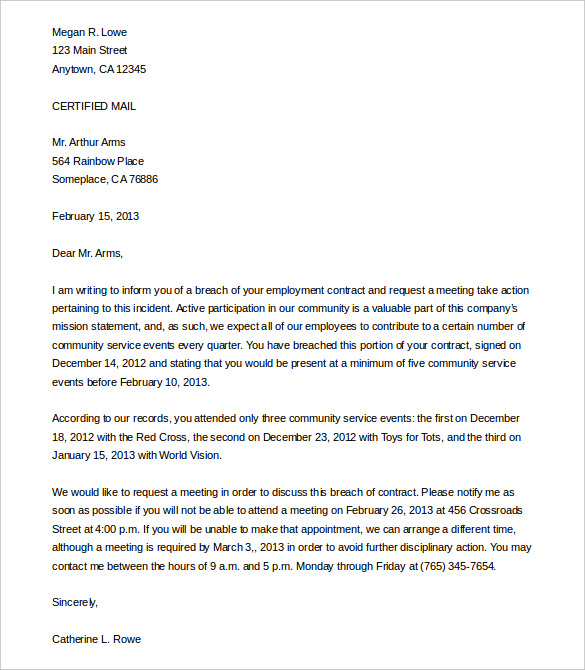
wikihow.com | This professional letter is generally sent when an individual or entity involved in a business deal is not keeping up with the provisions of the simple contract. The letter will explain how the involved part is not upholding their responsibilities as per the contract and will notify them that you can take legal action against them.
Attorney Legal Letter to Clerk Template
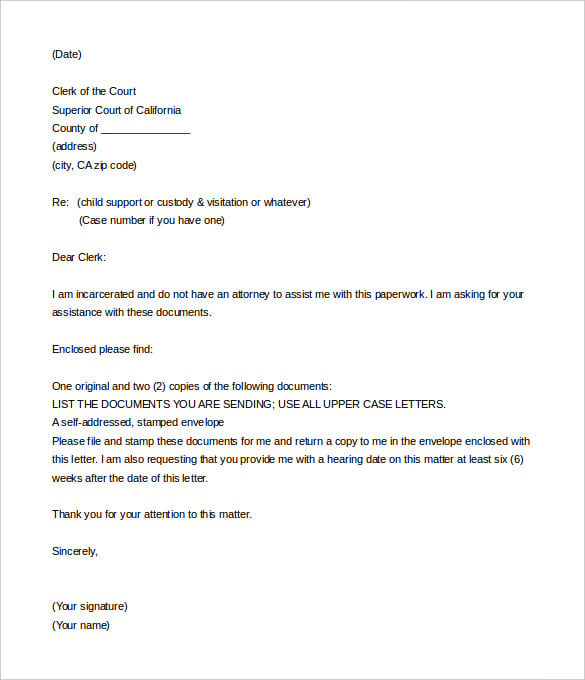
prisonerswithchildren.org
Outstanding Debtors Payment Legal Letter Template
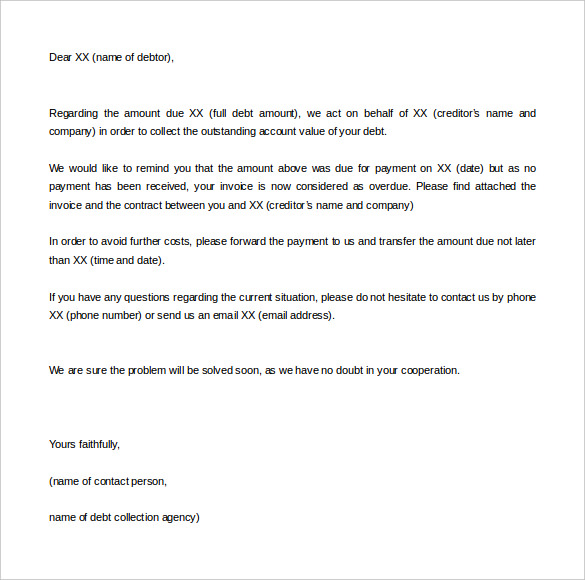
ecollect.org | This type of legal letter is sent by an attorney when there is a party who is in debt to their clients. This academic letter will include the total due amount, the date by which they need to make the payment, and the contact details of the client. As all the material that needs to be written is already available in the template, all you need to do is to edit the amount, date, contact, details, etc. and your legal request letter will be ready in minutes.
Legal Demand Collection Agreement Letter Template
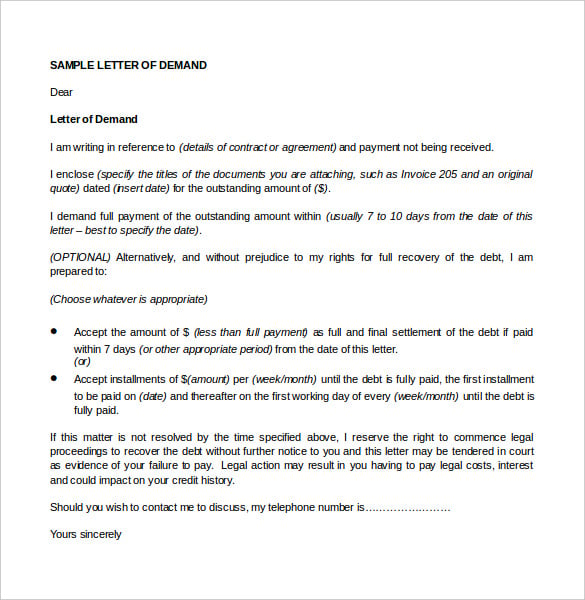
smallbusiness.wa.gov.au
Unpaid Invoice Legal Before Action Letter
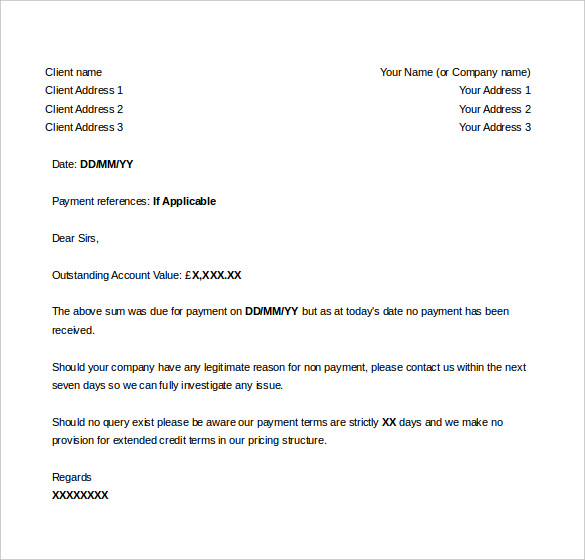
crunch.co.uk
Drafting Job Cover Legal Letter Template
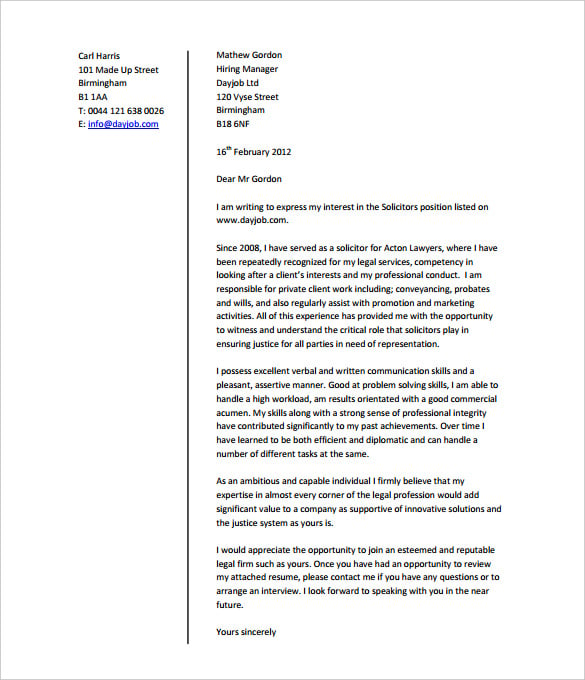
dayjob.com
Sample Threating Complaint Legal Letter
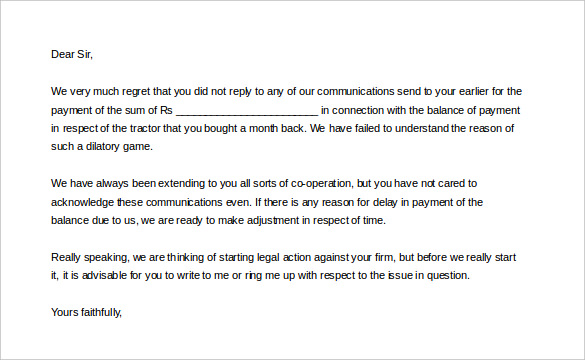
publishyourarticles.net
The letters in Google Docs are free although you can also get paid ones if you don’t mind spending a few bucks. But whether you download a free template or buy one, what will matter is the kind of content that goes into the template.
Claims Court Legal Letter Template
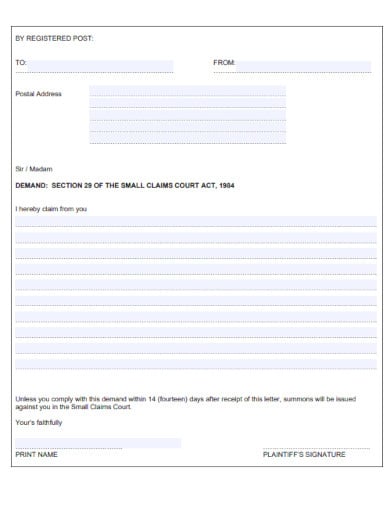 justice.gov.za
justice.gov.zaSample Legal Apology for Slander Letter
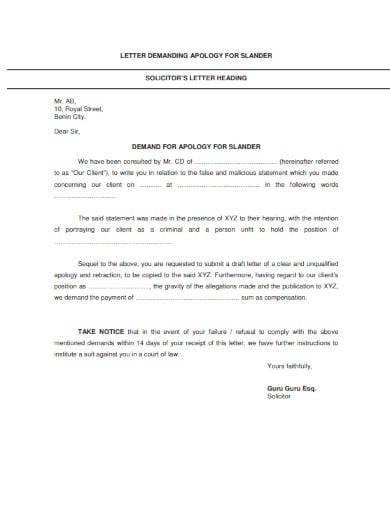 nigerianlawguru.com
nigerianlawguru.comKey Elements of a Legal Letter
A legal letter must be precise, professional, and structured to effectively communicate its purpose. Below are the essential elements that should be included:
1. Sender’s Information
- Details to Include: Full name, address, phone number, and email address.
- Purpose: Identifies who is sending the letter and provides contact details for follow-up.
2. Date
- Importance: Establishes the timeline of the communication.
- Position: Placed below the sender’s information.
3. Recipient’s Information
- Details to Include: Full name, title, company or organization name (if applicable), and address.
- Purpose: Identifies the party to whom the letter is addressed.
4. Subject Line
- Purpose: Summarizes the purpose of the letter concisely.
- Examples:
- “Subject: Notice of Breach of Contract”
- “Subject: Demand for Payment”
5. Salutation
- Options:
- “Dear [Recipient’s Name],”
- “To Whom It May Concern,” (if the recipient is unknown).
- Tone: Maintain formality.
6. Opening Paragraph
- Purpose: States the intent of the letter clearly and briefly.
- Example:
- “This letter serves as formal notice regarding [specific issue or purpose].”
7. Main Body
- Background Information: Provides context, including relevant facts and events.
- Legal References: Cites applicable laws, contracts, or regulations if relevant.
- Demands or Requests: Specifies the actions required from the recipient (e.g., payment, compliance, or resolution).
- Deadlines: Sets clear deadlines for the requested actions.
8. Supporting Evidence
- Purpose: Strengthens your case by attaching relevant documents (if applicable).
- Examples: Contracts, invoices, emails, or photographs.
9. Consequences of Non-Compliance
- Purpose: Warns the recipient of potential outcomes if they fail to act.
- Examples: Legal action, penalties, or termination of agreement.
10. Closing Paragraph
- Reassurance: Express willingness to resolve the matter amicably.
- Contact Details: Reiterate your contact information for further communication.
11. Closing Salutation
- Options:
- “Sincerely,”
- “Yours faithfully,”
12. Signature
- Printed and Handwritten: Include a handwritten signature above your typed name.
- Title or Role: Add your professional designation if applicable.
Types of Legal Letter

Legal letters serve various purposes in professional and personal contexts, addressing different legal matters. Below are the most common types of legal letters and their purposes:
1. Demand Letter
- Purpose: To formally request the recipient to fulfill a legal obligation, such as payment of a debt, delivery of goods, or rectifying a breach of contract.
- Use Case: Common in debt collection, business disputes, or contract enforcement.
2. Cease and Desist Letter
- Purpose: To formally request the recipient to stop engaging in a specific activity that violates rights or laws, such as copyright infringement or defamation.
- Use Case: Often used in intellectual property disputes or harassment cases.
3. Notice of Breach
- Purpose: To notify the recipient of their failure to comply with the terms of a contract or agreement.
- Use Case: Sent in cases of unmet obligations, such as late payments or incomplete services.
4. Letter of Intent (LOI)
- Purpose: To outline preliminary terms and conditions for a potential agreement or transaction, indicating the intent to formalize a deal.
- Use Case: Common in real estate deals, business acquisitions, or joint ventures.
5. Settlement Offer Letter
- Purpose: To propose terms for resolving a dispute or legal case without going to court.
- Use Case: Frequently used in civil litigation, divorce proceedings, or insurance claims.
6. Termination Letter
- Purpose: To formally notify the termination of a contract, agreement, or employment relationship.
- Use Case: Used in employment disputes, lease terminations, or business partnerships.
7. Notice of Legal Action
- Purpose: To inform the recipient of an intention to file a lawsuit or take legal action if a dispute is not resolved amicably.
- Use Case: Often a precursor to litigation in civil disputes.
8. Authorization Letter
- Purpose: To grant permission to a third party to act on behalf of the sender in legal, financial, or personal matters.
- Use Case: Used for power of attorney, medical consent, or business transactions.
9. Employment-Related Legal Letters
- Purpose: To address workplace matters such as job offers, termination notices, or grievance letters.
- Use Case: Includes job offer letters, resignation acceptance letters, and workplace dispute notices.
10. Defamation Letter
- Purpose: To demand the cessation of defamatory statements and request an apology or retraction.
- Use Case: Used in cases involving slander, libel, or reputation damage.
11. Debt Settlement Letter
- Purpose: To propose terms for settling a debt, often for a reduced amount.
- Use Case: Used by individuals or businesses negotiating with creditors.
12. Lease Termination Letter
- Purpose: To notify a landlord or tenant of the intent to end a lease agreement.
- Use Case: Common in real estate or rental property management.
13. Appeal Letter
- Purpose: To formally request a review or reconsideration of a decision, such as in legal rulings, academic settings, or employment matters.
- Use Case: Used in legal appeals, job denials, or academic disputes.
14. Warning Letter
- Purpose: To formally warn an individual or entity about misconduct, non-compliance, or breach of policy.
- Use Case: Common in employment settings or contractual agreements.
15. Notice to Vacate
- Purpose: To inform a tenant or landlord about the intention to vacate a property within a specified period.
- Use Case: Frequently used in rental agreements or property disputes.
Steps to Write a Legal Letter

Writing a legal letter requires precision, professionalism, and adherence to legal norms. Follow these steps to craft an effective and professional legal letter:
1. Identify the Purpose
- Define the Objective: Determine the reason for writing the letter (e.g., demand payment, notify breach, or settle a dispute).
- Know the Recipient: Understand the recipient’s role in the matter, whether they are an individual, business, or legal entity.
2. Use a Professional Format
- Include Contact Information: Add your full name, address, phone number, and email at the top.
- Date the Letter: Include the date to establish a clear timeline.
- Recipient’s Information: Add the recipient’s name, title, and address.
3. Write a Clear Subject Line
- Concise Summary: Provide a brief but clear subject line summarizing the letter’s purpose (e.g., “Notice of Breach of Contract” or “Demand for Payment”).
4. Start with a Formal Salutation
- Use a formal greeting, such as:
- “Dear [Recipient’s Name],”
- “To Whom It May Concern,” (if the recipient is unknown).
5. State the Purpose in the Opening Paragraph
- Be Direct: Clearly state the reason for writing the letter.
- Example:
- “This letter serves as a formal demand for payment regarding Invoice #12345.”
- “This is to notify you of a breach in our agreement dated [date].”
6. Provide Background Information
- Context: Outline the relevant facts or events leading to the letter.
- Details: Mention key dates, agreements, or obligations.
- Example: “Under the terms of our agreement dated [date], payment of [amount] was due on [due date].”
7. Specify the Legal Action or Request
- State Your Demand: Clearly outline the action required from the recipient (e.g., payment, compliance, or cessation of an activity).
- Include a Deadline: Provide a specific timeframe for the recipient to respond or act (e.g., “by [specific date]”).
8. Reference Relevant Laws or Agreements
- Cite Legal Basis: Include references to contracts, regulations, or laws that support your claim or request.
- Example: “As per Section 4 of our contract, you are required to [specific obligation].”
9. Outline Consequences of Non-Compliance
- State Potential Actions: Mention what will happen if the recipient fails to act (e.g., legal action, fines, or termination of agreement).
- Example: “Failure to comply by [deadline] will result in the initiation of legal proceedings.”
10. Maintain a Professional Tone
- Avoid Emotional Language: Keep the letter factual and objective.
- Polite Closing: End the letter with a willingness to resolve the matter amicably.
11. Add a Formal Closing
- Use a professional closing such as:
- “Sincerely,”
- “Yours faithfully,”
- Include your signature (for printed copies) and typed name.
12. Proofread and Review
- Check for Errors: Ensure the letter is free of grammatical, spelling, or factual errors.
- Legal Accuracy: Verify that all references to laws, contracts, and obligations are correct.
FAQs
What is the purpose of a legal letter?
A legal letter is used to communicate legal matters, such as demands, notices, or agreements, in a formal and documented manner. It establishes accountability, clarifies rights and obligations, and provides a record for resolving disputes or initiating legal action.
How do I write a legal letter?
To write a legal letter, use a professional format with clear contact details, a concise subject line, and a formal salutation. State the purpose in the opening paragraph, provide background details, specify demands, reference relevant laws or agreements, and outline consequences for non-compliance.
What are the key elements of a legal letter?
A legal letter should include the sender’s and recipient’s information, date, subject line, salutation, purpose, background details, legal references, requested actions, deadlines, consequences for non-compliance, a polite closing, and a signature. Attach supporting documents if necessary.
Are legal letters legally binding?
A legal letter itself is not legally binding but serves as formal documentation of a request, demand, or notice. However, it can be used as evidence in court to show intent, compliance, or non-compliance.
What types of legal letters are commonly used?
Common types of legal letters include demand letters, cease and desist notices, breach of contract notifications, settlement offer letters, letters of intent, and termination notices. Each type serves specific purposes in legal and professional contexts.
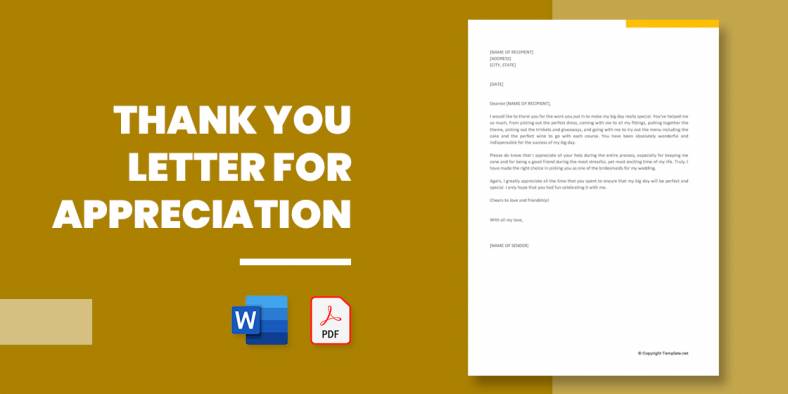
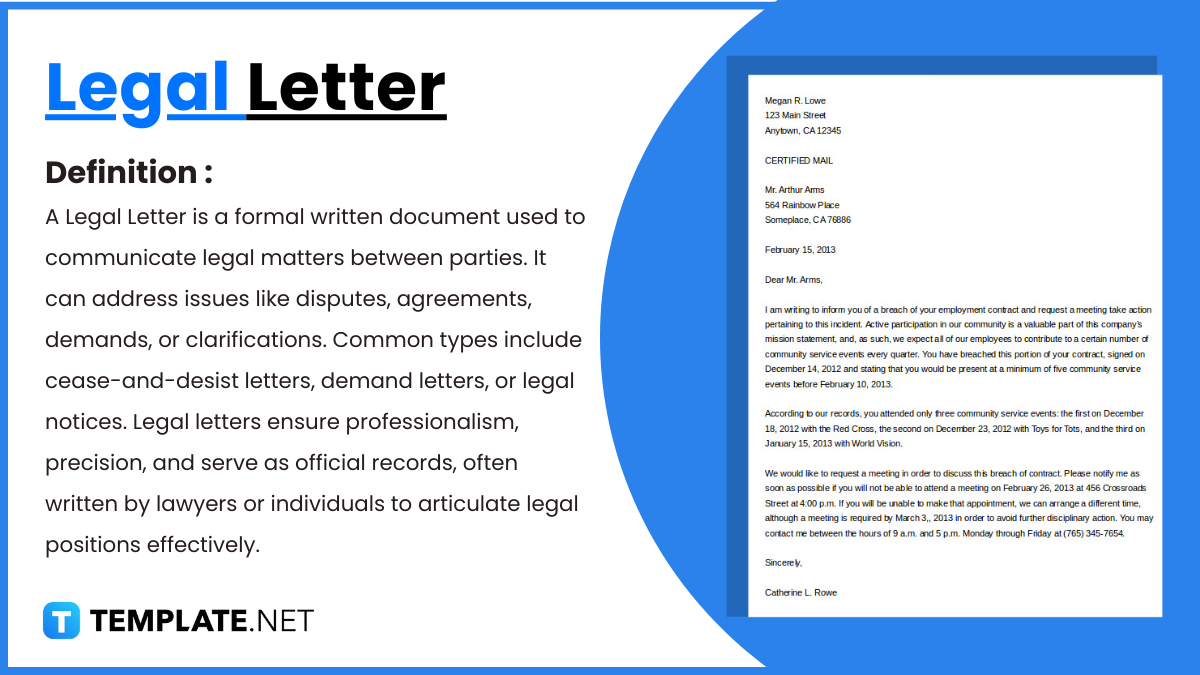

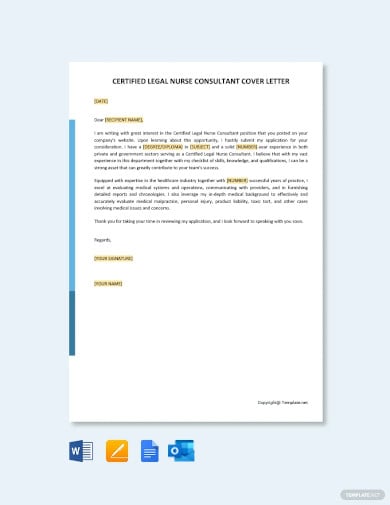








 justice.gov.za
justice.gov.za nigerianlawguru.com
nigerianlawguru.com



